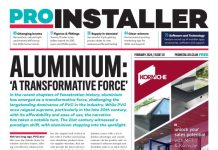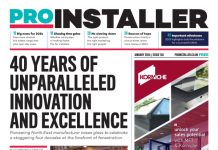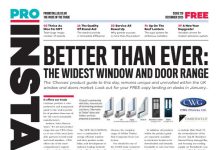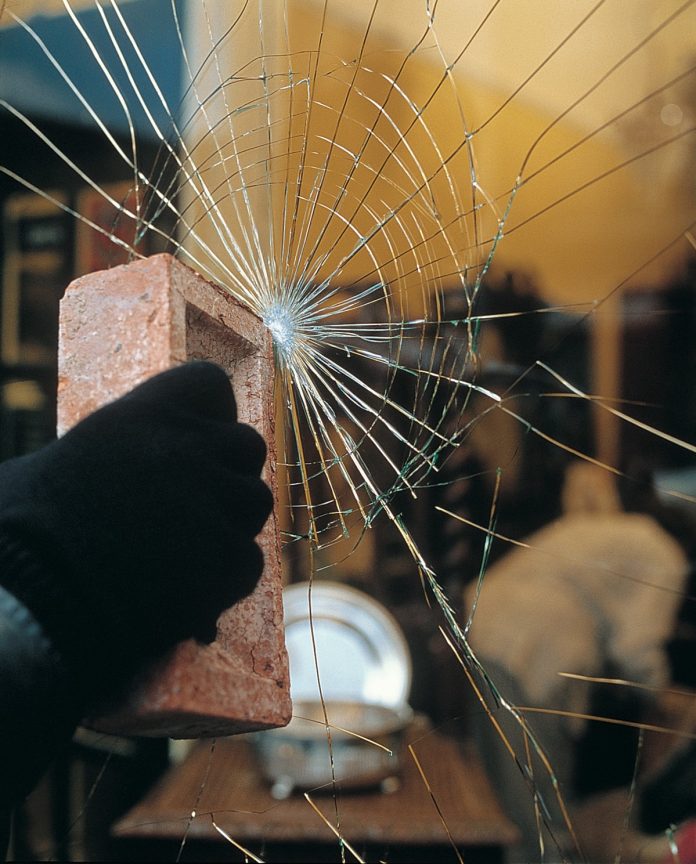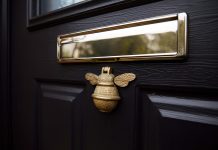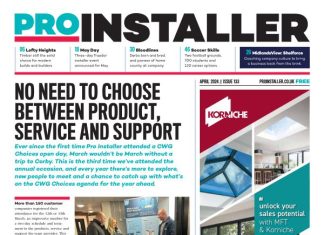Reducing the risk of accidents and protecting against a deliberate attack is a vital task installers must undertake when specifying glass.
Phil Brown, European regulatory marketing manager at Pilkington United Kingdom Limited – part of the NSG Group – offers tips for specifying security glass.
From security to fire resistance, glass can be used to protect a building’s occupants while also allowing the creation of bold and attractive designs.
Here are some pointers when specifying security glazing as part of an insulating glass unit (IGU).
- Double up. Security glass commonly comprises two panes of glass laminated together with a PVB interlayer between them. If this should break, the fragments are held together by the interlayer, reducing the risk of injuries occurring from smashed glass.
- Know the rules. In England, security glazing is covered by Approved Document Q. However, it should be remembered that its scope is limited to new dwellings. It is vital installers also use the very highest standards when specifying windows for older buildings.
- Keeping up standards. Resistance to manual attacks and burglaries is tested to BS EN 356. The minimum classification is P1A, which can typically be achieved with 6.8mm Pilkington Optilam™ laminated glass. To meet the requirements, reasonable provision must be made to resist unauthorised access to any dwelling or flat.
- Stay safe. Public safety is vital when choosing glass. The highest impact safety performance achievable by laminated glass is 1(B)1, which means it has been designed to either not break or break safely when subjected to accidental human impact.
- Seeing double. For double-glazing units, specify an outer pane of toughened glass for safety and strength, with an inner pane of laminated glass for safety and security. Safety glass is designed to reduce the risk of accident by impact, whereas security glass is for withstanding intentional attacks.
- Withstand attacks. Glass can be designed to withstand various forms of attack, such as explosions and gunfire. Remember this when specifying glass as part of high-profile projects such as major infrastructure and city centre buildings.
- Keep quiet. Noise control can be enhanced without compromising on security by switching to acoustic laminated glass.
- Frame it. Frame construction and glazing methods are critical for security glass. It is important that windows and doors have been tested to a recognised standard such as PAS 24.
- Spoilt for choice. As well as safety, security and noise control, laminated glass can also be supplied with thermal insulation, solar control and UV protection.
- Check the loadings. You may have selected a security glass, but don’t forget that it will still need to resist wind and barrier loads.
For more advice on security glass, please view the Pilkington webpage: www.pilkington.co.uk/optilam




